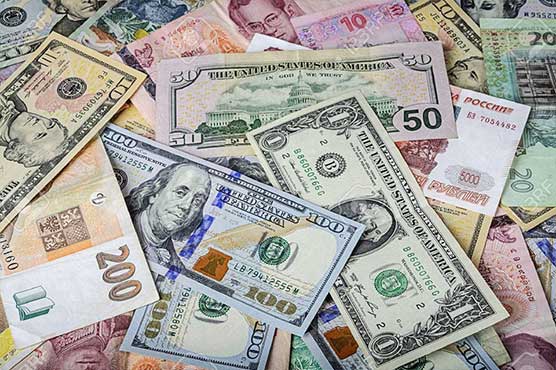On Wednesday, the US dollar hit over 163 in open market trading from the prevailing rate of 156.98. The inter-bank rate also raised to 161.5. The massive escalation was said to be due to the increased demand of the US dollar. Following the exchange rate, gold also took the impact and increased to Rs.80,500 per 12 grams (tola).
CEO of Topline Securities Muhammad Sohail commented on the situation that, “The rupee came under pressure apparently due to (large) foreign debt repayment before the outgoing fiscal year closes on June 30, 2019,”
When will SBP intervene to settle the exchange rate?
While talking to a press conference last week, Governor State Bank of Pakistan (SBP) Reza Baqir claimed that the deprecation of the local currency is seasonal and he expressed his satisfaction over the economic growth of the country. He also explained the available options to set the exchange rate and why SBP is using the market-based exchange rate strategy to set the exchange rate. He said that “In the market-based system, you consider supply and demand factors, what side they are pulling the exchange rate, and you don’t suppress them. And this is fundamental ─ we keep a close eye on the market, and if there is excessive volatility or special pressures, the SBP intervenes. And we will continue to do so to make sure that there isn’t excessive volatility or ‘disorderly market conditions’, as economists say,”
The questions arise here is what exactly does the SBP mean, when it says “excessive volatility”, and what worse would it be when the SBP decides to intervene. The exchange rate has almost touched the anticipated figure of the market, as the market said it would reach according to the agreement with the International Monetary Fund (IMF) to obtain the bailout package of 6 billion USD.

